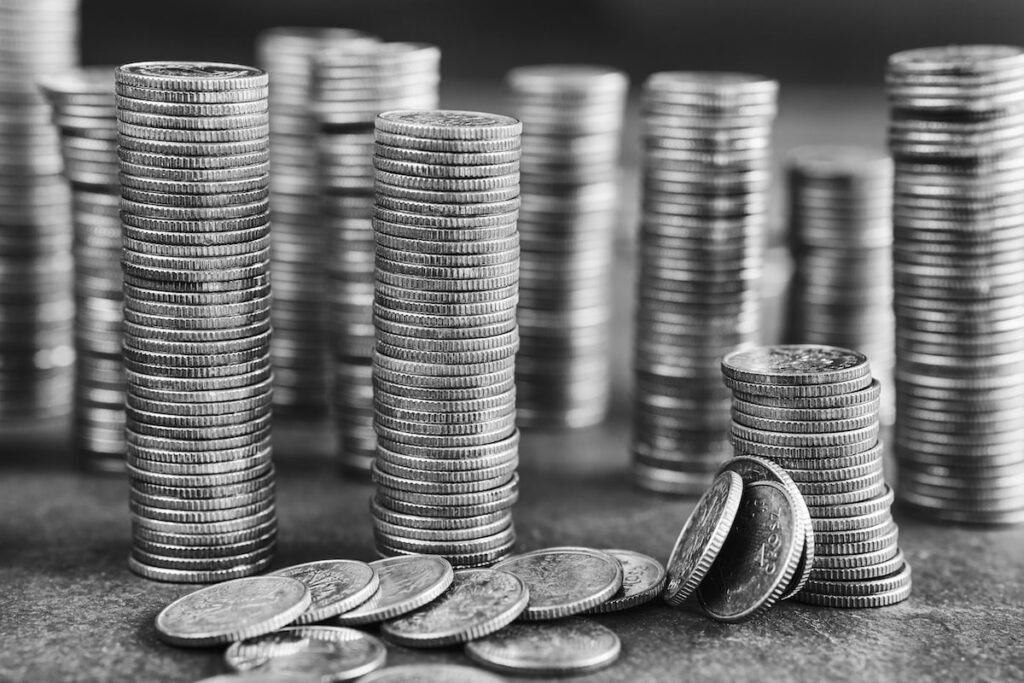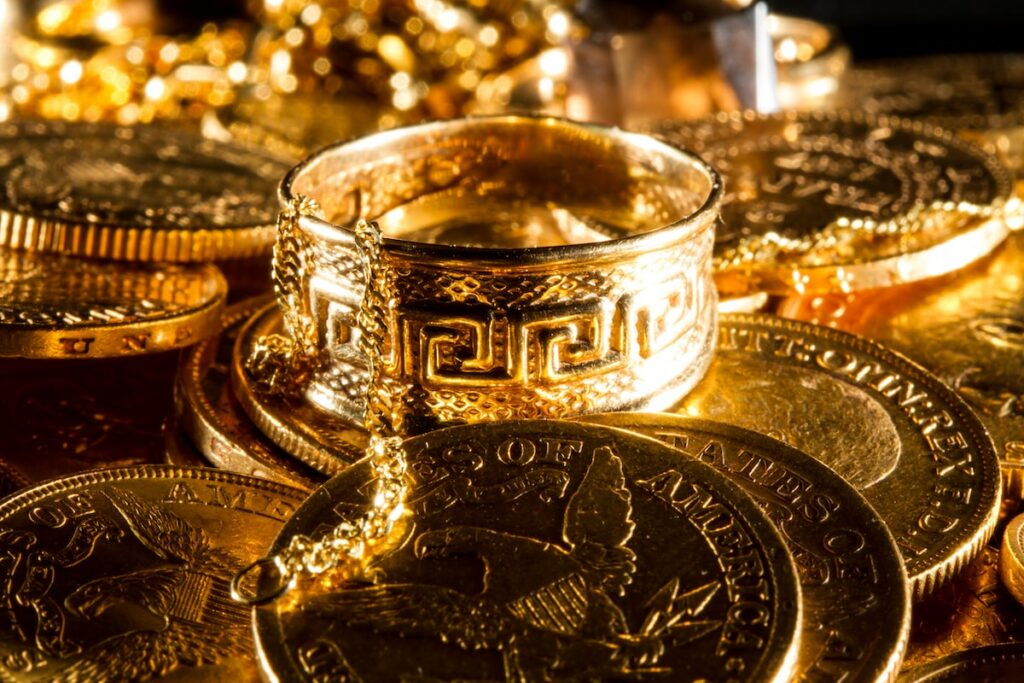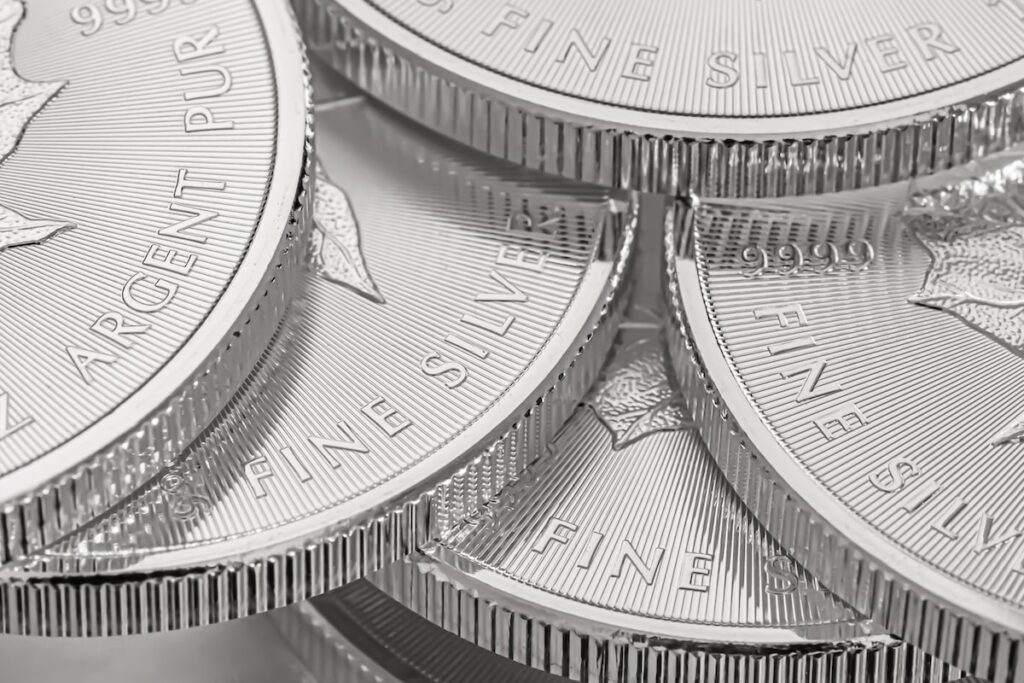Silver has long captivated our imagination in the realm of precious metals with its shimmering beauty and versatile applications.
Its historical significance as a medium of exchange and a symbol of wealth and prestige is undeniable.
Yet, as our thirst for innovation and scientific exploration grows, a compelling question emerges, can silver, that precious metal cherished for centuries, be conjured artificially?
Silver can be made artificially. The synthesis of precious metals involves using nuclear reactors or particle accelerators to produce these elements. However, some processes require nuclear reactions and are considered so expensive that you cannot make money by selling sterling silver, which you make from other coins.
Delving into the depths of scientific inquiry, we embark on a captivating exploration to unravel the mysteries surrounding the possibility of creating silver in the laboratory.
As we embark on this intellectual journey, we find ourselves captivated by the intricate interplay of science, alchemy, and human ingenuity.
The Quest for Synthetic Silver: Exploring the Possibilities
The quest for synthetic silver unveils a realm of possibilities that challenges our understanding of this precious metal.
Scientists and researchers have long been fascinated by creating silver through artificial means, driven by the desire to meet growing demands and explore alternative sources.
This exploration delves into the intersection of chemistry, physics, and engineering as experts strive to unlock the secrets of synthesizing silver.
One avenue of exploration lies in harnessing nuclear reactions. Scientists have discovered that certain nuclear reactions, such as neutron capture, can create silver isotopes.
These isotopes can then be processed further to obtain pure silver. While complex and requiring advanced technology, this approach offers a potential pathway to artificially produce silver on a small scale.
Another method being explored is electrolysis.
By passing an electric current through a solution containing silver ions, it is possible to deposit silver atoms onto a surface, creating solid silver.
This process, although energy-intensive, presents a promising avenue for producing silver in controlled laboratory conditions.
Researchers continue to refine and optimize the electrolysis process to improve efficiency and scalability.
Scientists are also investigating chemical reduction processes as the quest for synthetic silver continues.
Using chemical agents to reduce silver compounds, such as silver nitrate, silver ions are transformed into metallic silver.
This method offers versatility in terms of scalability and can be adapted to various production scales, from small-scale laboratory experiments to industrial applications.
Exploring these and other possibilities fuels the ongoing quest for synthetic silver.
By delving deeper into science and technology, researchers aim to meet the growing demand for silver and uncover innovative solutions that could reshape the silver industry and pave the way for sustainable and ethical practices.
Unveiling the Science Behind Artificial Silver Production
The science behind artificial silver production is a fascinating realm of exploration that aims to unravel the intricacies of creating this precious metal through synthetic means.
At its core, artificial silver production involves understanding and manipulating the fundamental properties of silver atoms and molecules to replicate the formation of silver found in nature.
One key aspect of this scientific pursuit is the utilization of nuclear reactions. By subjecting specific elements to nuclear bombardment, scientists can induce reactions that result in the creation of silver isotopes.
These isotopes can be further processed and purified to obtain silver of varying purities.
The study of nuclear reactions and their application to artificial silver production involves a deep understanding of the atomic structure, particle physics, and the behavior of subatomic particles.
Another significant avenue of exploration lies in the realm of electrochemistry. Through a process known as electrolysis, electric current is employed to drive a chemical reaction that deposits silver atoms onto a desired surface.
This process takes advantage of the inherent properties of silver ions and their behavior in an electric field.
Electrolysis techniques continue to be refined and optimized, enabling more precise control over the production of artificial silver and offering potential scalability for industrial applications.
Chemical reduction processes also play a pivotal role in the science behind artificial silver production.
Silver compounds are chemically transformed using chemical agents, reducing silver ions to metallic silver.
This method provides versatility in production scale and allows for adapting synthetic silver production to different contexts and applications.
As scientists delve deeper into the science behind artificial silver production, they uncover the intricate mechanisms and principles that govern the creation of this precious metal.
By pushing the boundaries of our understanding and harnessing the power of scientific discovery, researchers strive to unlock new pathways and techniques for producing synthetic silver that may revolutionize industries and contribute to the sustainable utilization of this valuable resource.
The Alchemy of Silver: Ancient Practices and Modern Innovations
The alchemy of silver is an intriguing blend of ancient practices and modern innovations, bridging the realms of mythology, science, and human ingenuity.
Silver has captivated alchemists and mystics throughout history, who sought to unravel its secrets and unlock the transformative powers associated with this precious metal.
Today, the alchemical quest for silver continues, merging ancient wisdom with cutting-edge technology to explore new frontiers of production and application.
In ancient times, alchemists engaged in arduous experiments and rituals in their pursuit of transmuting base metals into silver.
The concept of transmutation, often accompanied by the legendary Philosopher’s Stone, fascinated alchemists who believed in the possibility of turning lesser metals into prized silver.
Although these endeavors were shrouded in symbolism and mysticism, they laid the groundwork for our modern understanding of chemical reactions and atomic structures.
Fast forward to the present, and the alchemy of silver takes on a new dimension with modern scientific advancements.
Researchers and scientists, armed with knowledge and sophisticated tools, delve into the intricate mechanisms that govern the synthesis and manipulation of silver.
They explore innovative methods such as nanoparticle synthesis, where silver particles at the nanoscale are created and engineered for diverse applications ranging from medicine to electronics.
The fusion of ancient alchemical principles with modern techniques pushes the boundaries of silver production and opens up a world of possibilities.
The alchemy of silver is not only limited to its creation but also encompasses the exploration of its properties and applications. Scientists uncover the hidden potential of silver through advancements in material science and nanotechnology.
They harness its antibacterial properties, electrical conductivity, and optical properties to develop new technologies, such as antimicrobial coatings, conductive inks, and advanced sensors.
This alchemical journey bridges the gap between ancient mystical aspirations and the tangible advancements that shape our modern world.
The Applications and Implications of Artificial Silver
Artificial silver has many applications and significant implications in various industries. You can check some of the most important ones below.
- Electronics: Artificial silver’s high electrical conductivity enables it to manufacture conductive inks, coatings, and circuits for electronic devices, flexible displays, and printed electronics.
- Healthcare: The antimicrobial properties of artificial silver make it valuable in medical devices, wound dressings, and antibacterial coatings, reducing the risk of infections and enhancing wound healing processes.
- Environmental Sustainability: Synthetic silver production helps conserve natural resources, minimizes the environmental impact associated with traditional mining, and promotes greener technologies and processes.
- Market Impact: The increased availability of artificial silver may have implications for the global silver market and traditional mining communities, requiring careful monitoring and management.
- Responsible Practices: Ethical considerations and the environmental and health impacts of artificial silver synthesis need to be evaluated and addressed to ensure responsible and sustainable production and usage.
Learn more about industrial applications of silver on our blog.




